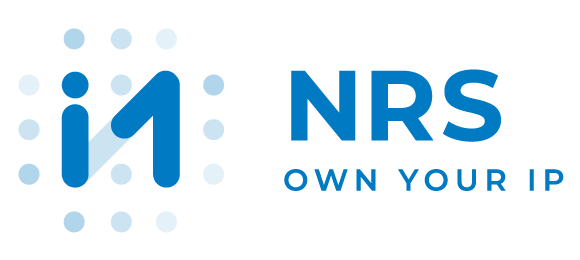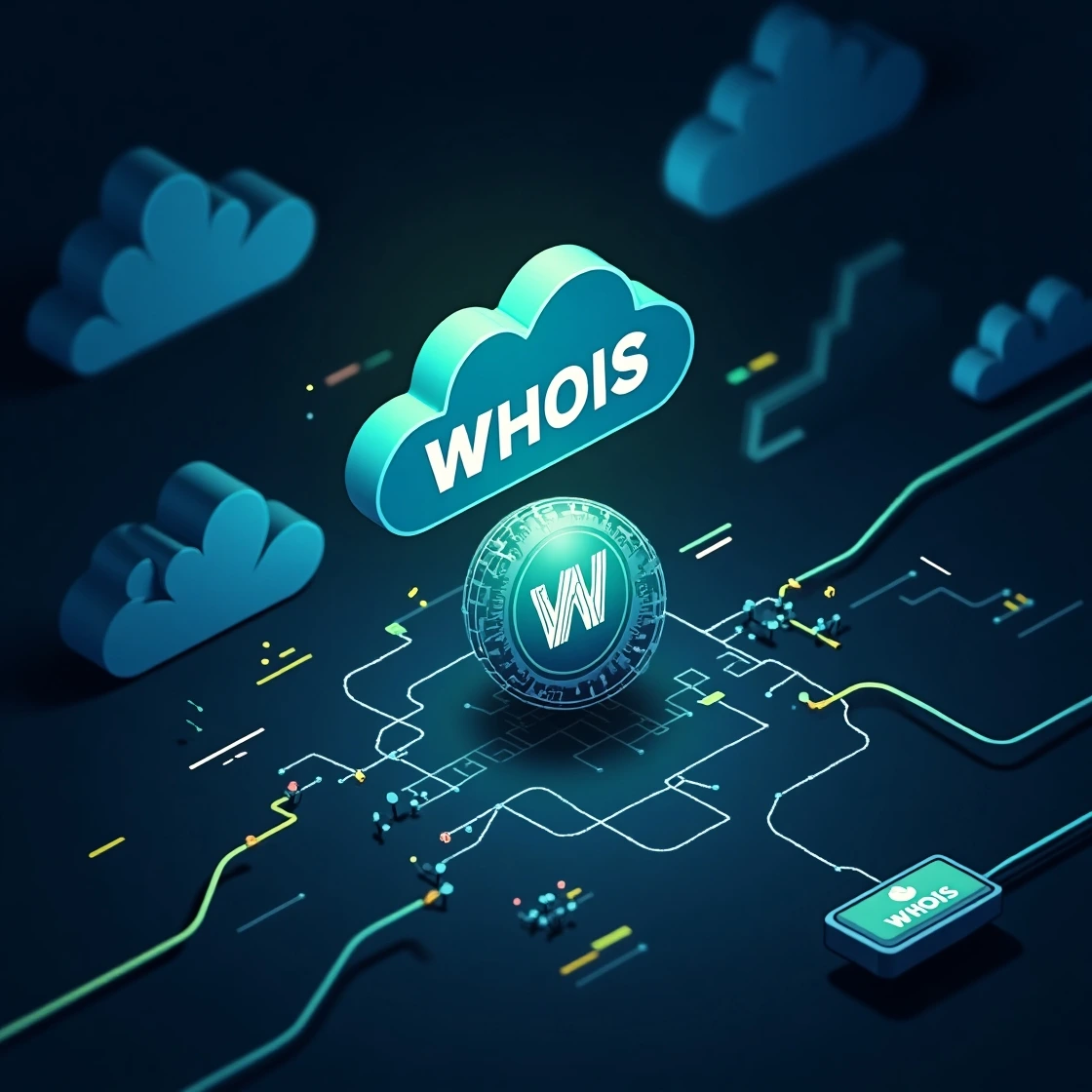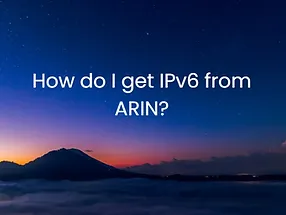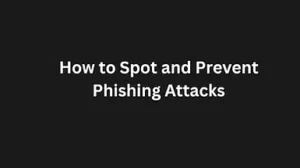Understanding WHOIS: A foundational tool for online accountability
As digital infrastructure increasingly shifts to the cloud, security professionals must expand their toolkit to maintain robust defences. Among the tools available, WHOIS stands out as an essential yet often underutilised asset. WHOIS, a protocol and database used to retrieve information about domain registrations and IP allocations, serves a critical role in cloud security audits. It enables organisations to trace ownership, verify legitimacy, and maintain accountability across vast and complex cloud environments.
Table of Contents
ToggleOriginally designed for early internet administrators to manage domain registrations, WHOIS has since evolved into a vital component of digital transparency. In cloud contexts where users, services and data interact across borders and providers, WHOIS enables the kind of traceability that security audits demand.
Its value lies in its simplicity. A WHOIS lookup can reveal who is behind a domain name or IP address, providing much-needed clarity in a space where malicious actors often hide behind anonymity. For incident responders or IT auditors, this information can be the starting point for deeper investigations, helping to identify risks before they escalate. In an age where cyberattacks are increasingly sophisticated, such basic visibility can make all the difference.
What WHOIS reveals in a cloud security audit
A WHOIS query typically reveals key data about a domain or IP address, including:
The registrant’s name and organisation
Contact details
Date of registration
Associated IP blocks
This information, when accurate, can be critical for cloud security teams conducting audits. It helps to answer questions like:
Who owns the domain communicating with our cloud services?
Is this interaction legitimate or suspicious?
Does this entity align with our compliance and data governance policies?
WHOIS empowers audit teams to validate external parties, identify anomalies in traffic, and ensure third-party services meet internal security criteria.
In practice, this can make the difference between ignoring a potentially dangerous connection and flagging it for further scrutiny. With cloud services relying heavily on APIs and external vendors, a single weak link can compromise entire systems. WHOIS makes it possible to check whether these links are traceable and trustworthy. It also offers value during change management reviews or when onboarding new services, helping teams vet domains that appear in network logs for the first time. Ultimately, it’s a tool that enables better-informed decisions during every stage of cloud monitoring and auditing.
WHOIS and its contribution to cloud compliance
Security audits, especially in cloud environments, are not just about defending infrastructure. They’re also about proving due diligence and meeting regulatory standards such as GDPR, HIPAA, and ISO 27001.
WHOIS data plays a central role in this process by providing visibility into who controls the domains and IP addresses interacting with cloud platforms. According to ENISA, maintaining traceability is a core requirement for cloud service users. By incorporating WHOIS lookups into regular audits, organisations can build a more comprehensive and verifiable audit trail.
“Knowing who you’re communicating with is fundamental in cybersecurity,” says Dr. Paul Vixie, an internet pioneer and co-founder of Farsight Security. “WHOIS provides that basic but essential layer of attribution.”
From a compliance perspective, being able to prove that your organisation knows and monitors its external digital interactions helps demonstrate accountability. This is especially important during third-party risk assessments and vendor reviews. Regulators often ask for evidence showing that due diligence is performed — and WHOIS records, properly documented, provide just that. For auditors, the ability to trace a suspicious IP back to a recognised cloud partner or vendor can resolve compliance issues before they become liabilities. In short, WHOIS adds clarity to a space where uncertainty can lead to risk or regulatory exposure.
Strengthening attribution and incident response with WHOIS
In cloud-based architectures, malicious activity can come from a wide array of external sources. WHOIS makes it possible to link suspicious IP addresses or domains to entities, enabling quicker and more targeted investigations. This capability enhances both proactive defence and post-incident response.
Consider a scenario where a cloud workload begins receiving unexpected traffic from an external IP. With a WHOIS lookup, the security team can quickly determine if that IP belongs to a known partner, a public cloud provider, or an unknown or suspicious actor. This distinction is crucial for prioritising response.
WHOIS also aids legal teams in compiling evidence for enforcement actions, and is often used to support cybercrime investigations led by authorities or incident response firms.
Its role is especially critical in the early hours of an investigation, when time is of the essence. The quicker a team can attribute unusual activity to a known source, the sooner they can rule out false positives or escalate serious threats. In many cases, WHOIS data can uncover ties between suspicious domains and broader malicious infrastructure, such as botnets or phishing networks. This insight not only improves response efforts, but also helps feed threat intelligence platforms for future protection. As part of an incident response toolkit, WHOIS offers a combination of speed, transparency, and accountability that’s hard to replace.
WHOIS limitations in modern cloud environments
While WHOIS is undeniably valuable, it has clear limitations that must be acknowledged during audits.
Data obfuscation and privacy protection
Due to privacy laws such as GDPR and the prevalence of domain privacy services, many WHOIS records are anonymised. Registrants can mask their identity, making it harder to attribute domains to individuals or organisations. Cybercriminals often exploit this gap, registering domains that appear legitimate but are used for phishing or malware delivery.
While privacy protection is important for safeguarding personal data, it creates challenges for security teams tasked with tracing suspicious activity. An attacker can register a domain using privacy protection services, giving them plausible deniability and shielding their real identity. Even well-resourced security teams may hit a wall when WHOIS records simply list a proxy service with no traceable owner. This anonymity, while beneficial to genuine users in some contexts, also gives threat actors a veil under which to operate. Security professionals must therefore balance respecting privacy regulations with the practical need for traceability in forensic investigations and threat hunting.
Delayed updates
WHOIS records may not reflect recent changes to domain ownership or IP allocations. In cloud environments, where infrastructure changes rapidly, this lag can lead to outdated conclusions if not cross-referenced with DNS logs or traffic patterns.
This delay is particularly problematic during fast-moving security incidents. A domain may be transferred to a new owner, or an IP block reassigned, without the WHOIS data immediately reflecting the change. As a result, relying solely on WHOIS can create blind spots. To counteract this, teams often pair WHOIS with real-time DNS lookups or use historical WHOIS databases to track ownership changes over time. Knowing when and how data was updated can provide crucial context. For instance, if a suspicious domain was registered days before a phishing campaign, that timing may help confirm malicious intent. But without timely WHOIS updates, such correlations become harder to draw — making it essential to treat WHOIS as one data point among many.
Fragmented and inconsistent data
WHOIS data is managed by several Regional Internet Registries (RIRs) and numerous domain registrars, each with their own data formatting standards. This inconsistency makes automated analysis more difficult, especially for global organisations.
In practice, WHOIS records from different registrars may contain varying fields, different naming conventions, or incomplete information. Parsing and standardising these records at scale is a significant technical challenge. For security analysts managing hundreds or thousands of cloud interactions daily, this inconsistency slows investigations and increases the risk of overlooking threats.
To address these issues, many organisations rely on specialised WHOIS platforms such as DomainTools or RIPEstat, which offer API access and data enrichment features. These platforms help aggregate, normalise, and visualise WHOIS data from multiple sources. Even so, effective integration requires both technical investment and skilled personnel who understand how to interpret nuanced registry data. It’s a reminder that while WHOIS is a valuable asset, unlocking its full potential in cloud security requires proper tooling and expertise.
WHOIS in combination with other cloud audit tools
WHOIS is not a replacement for cloud-native logging or threat detection platforms. Rather, it complements them. Services such as AWS CloudTrail, Azure Monitor, and Google Cloud Audit Logs provide real-time visibility into internal activity. However, these tools often lack context about external actors.
WHOIS fills that gap. For instance, when a cloud audit log shows an outbound connection to an unknown domain, WHOIS can reveal the ownership and historical activity of that domain. When paired with DNS analysis, reverse IP lookups, or reputation scoring systems, WHOIS helps contextualise external interactions and guide response decisions.
Whitelisting and blacklisting
WHOIS enables organisations to build smarter allow-lists and block-lists by verifying domain ownership. This reduces the risk of mistakenly allowing malicious services or blocking legitimate partners.
In cloud environments, where systems interact with hundreds or even thousands of external endpoints, automated domain filtering is essential. But these filters are only as effective as the data behind them. WHOIS provides a layer of attribution that strengthens the decision-making process. For instance, if a new domain starts interacting with a sensitive cloud service, security teams can consult WHOIS records to determine whether it belongs to a known partner, a public cloud provider, or an untrusted source. This is particularly useful in preventing domain impersonation — where attackers register lookalike domains to trick users or infiltrate systems. Regularly updating whitelists and blacklists with WHOIS-verified information ensures better precision and reduces false positives or negatives, ultimately improving security outcomes.
Detecting shadow IT
Employees occasionally use unsanctioned cloud services, creating vulnerabilities. WHOIS can help uncover these actions by identifying external domains accessed from within the corporate network that are not part of approved cloud workflows.
Shadow IT is a growing concern, especially in remote and hybrid work environments where centralised oversight can be difficult. Staff may connect to collaboration tools, file-sharing platforms, or analytics services without IT approval, bypassing standard vetting procedures. While the intentions might be innocent — like boosting productivity or bypassing bottlenecks — the security risks are real. These unvetted services could have weak security postures, non-compliant data practices, or hidden backdoors. By analysing traffic logs and using WHOIS to trace the ownership of unfamiliar domains, security teams can flag potential shadow IT activity. This insight allows organisations to take corrective action, either by formally approving tools or blocking high-risk services. WHOIS thus becomes a tool for governance, helping ensure all cloud interactions align with enterprise policy.
Third-party risk management
Before onboarding a new SaaS provider, WHOIS can help verify the legitimacy of the vendor. It also provides a record of previous domain ownership, which may reveal associations with known malicious activity.
The rise of third-party integrations means companies are increasingly reliant on external vendors to power key parts of their operations — from CRM systems to analytics platforms. Yet, each new SaaS provider introduces potential security and compliance risks. WHOIS serves as a first-line validation check: confirming who owns a domain, how long it has been active, and whether its registrant history raises any red flags. For example, a WHOIS lookup might reveal that a vendor’s domain was registered only days ago or has changed hands multiple times — both signs that warrant further investigation. Some WHOIS databases also link domains to abuse records or blacklists. By including WHOIS in the due diligence process, organisations can spot suspicious patterns early and reduce the risk of partnering with vendors that may compromise their security posture. This adds an extra layer of protection before sensitive data or systems are exposed.
Future outlook: WHOIS, RDAP, and automation
In response to growing privacy concerns and regulatory changes, WHOIS is being gradually replaced or complemented by the Registration Data Access Protocol (RDAP). RDAP provides similar information to WHOIS but with more structure and security, including authenticated access to data.
While WHOIS still dominates, RDAP adoption is expected to increase. As ICANN and RIRs push for standardised access, security teams should prepare for a hybrid future where both protocols are used depending on context.
Meanwhile, WHOIS is increasingly being integrated into automated threat intelligence platforms. Tools powered by AI and machine learning can scan for newly registered domains that mimic legitimate services — a known phishing tactic — and alert teams before attacks happen. Companies like Recorded Future and Cisco Talos are already leveraging WHOIS in predictive threat modelling.
Conclusion
In cloud security audits, attribution matters. WHOIS continues to provide that crucial layer of visibility, allowing teams to validate external connections, assess vendor legitimacy, and trace anomalies. Despite its imperfections, WHOIS remains an essential part of the modern security stack.
Its value lies not in isolation but in collaboration with other tools. WHOIS should be seen as a foundational element — one that enhances threat detection when used alongside DNS logs, cloud audit trails, and threat intelligence feeds. By integrating WHOIS into broader audit workflows, organisations can gain a more holistic view of their cloud interactions.
As cloud environments become increasingly complex, involving multiple vendors, APIs, and external endpoints, the need to verify and contextualise these connections grows ever more pressing. WHOIS offers a straightforward yet powerful means to bring transparency and accountability into these interactions.
Ultimately, adopting WHOIS as part of a layered security strategy not only improves visibility but strengthens organisational resilience. It ensures security teams are better equipped to respond to emerging threats, meet compliance obligations, and build trust with stakeholders in an evolving digital landscape.
Frequently asked questions (FAQs)
1. What is WHOIS and how is it used in cloud security?
WHOIS is a protocol for querying domain and IP ownership. In cloud security, it’s used to identify and assess external entities interacting with cloud resources.
2. Is WHOIS data still reliable after GDPR?
WHOIS data has become less transparent due to privacy regulations, but it remains useful when combined with other data sources or accessed through authenticated services like RDAP.
3. Can WHOIS help detect phishing attacks in cloud environments?
Yes. By identifying ownership of suspicious domains, WHOIS helps detect phishing infrastructure and supports faster incident response.
4. What are the alternatives to WHOIS for cloud audits?
Alternatives include RDAP, DNS query logs, IP reputation services, and threat intelligence platforms that aggregate contextual data from multiple sources.
5. How can organisations integrate WHOIS into their cloud security audits?
Organisations can use automated tools or threat platforms with built-in WHOIS lookups, integrate WHOIS APIs into SIEM systems, or manually query registrars for specific cases.





I urge you to keep up the good work